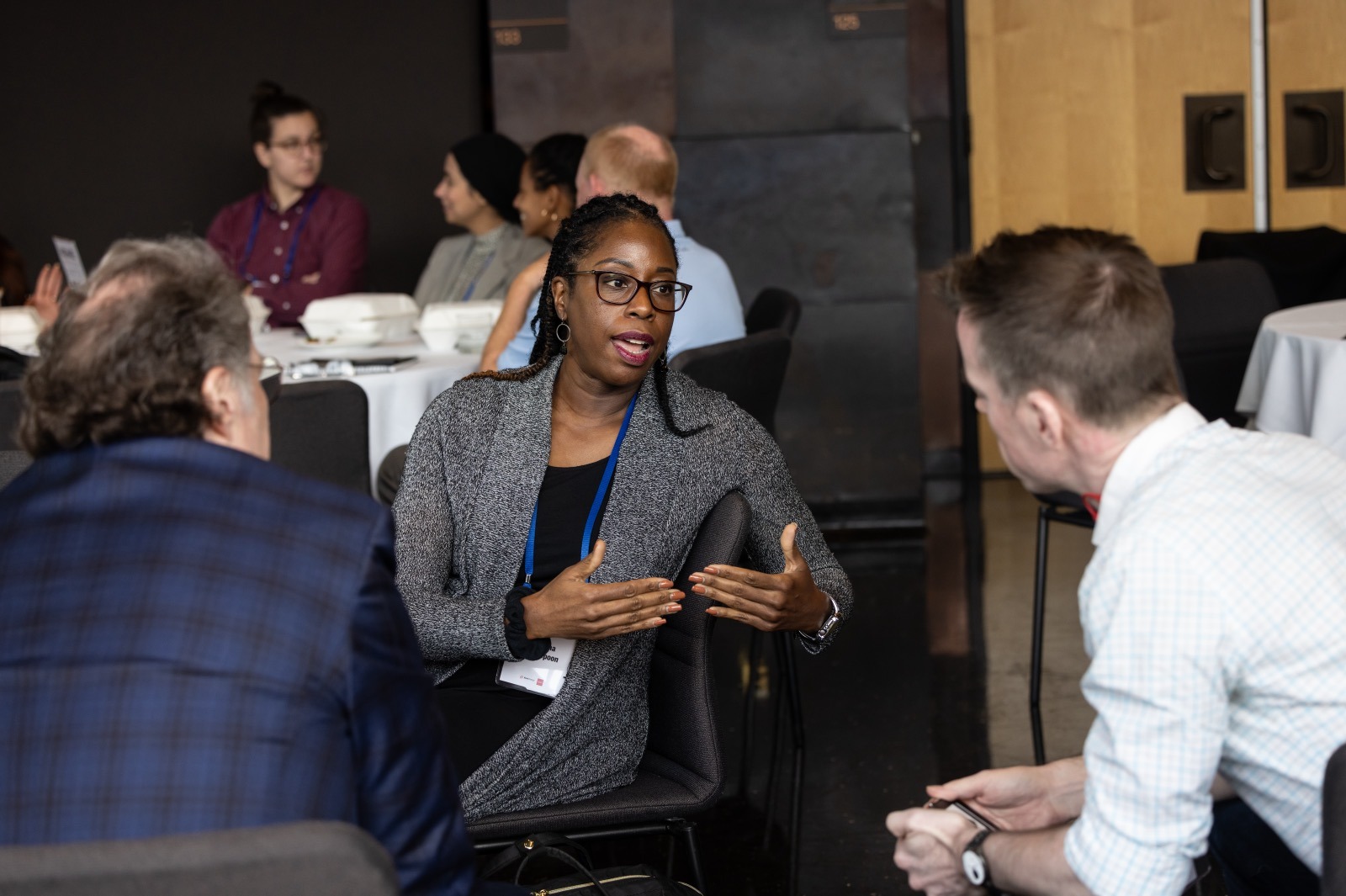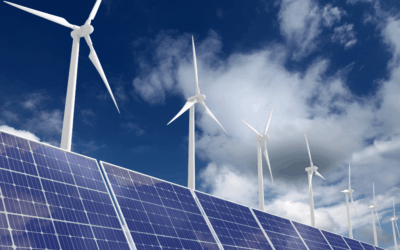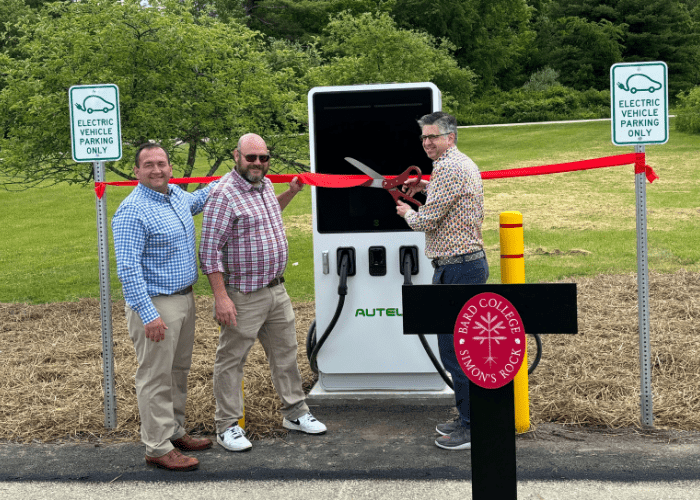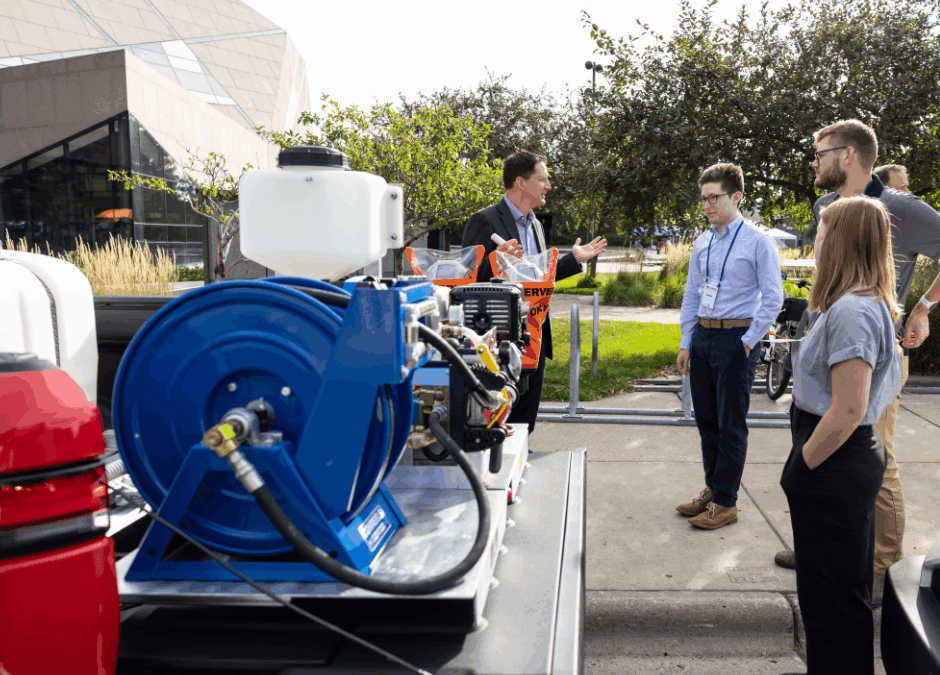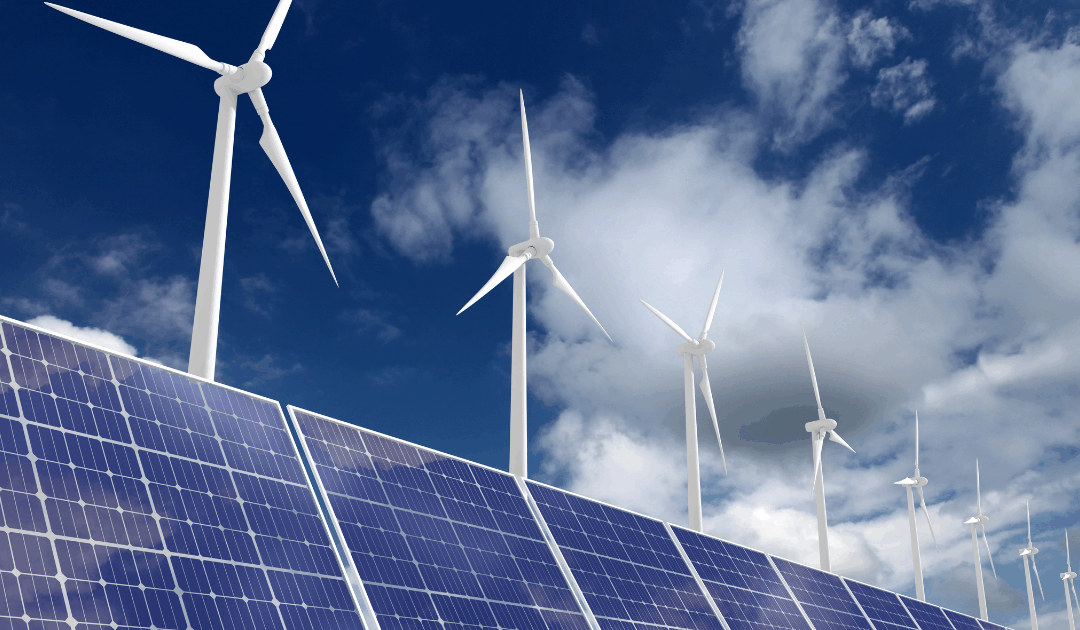But you can’t just post better info on your social channels and make the rumors and misstatements go away. As an electricity provider, you have to cultivate and inspire trust as well. Building trust with consumers and community members means diversifying your tactics.
At REACH Strategies, we’ve spent the past 13 years helping our clients—including CCAs across California—communicate the benefits of clean energy and electrification. Here are four evidence-based communications strategies we’ve found most helpful:
Stay ahead of misinformation
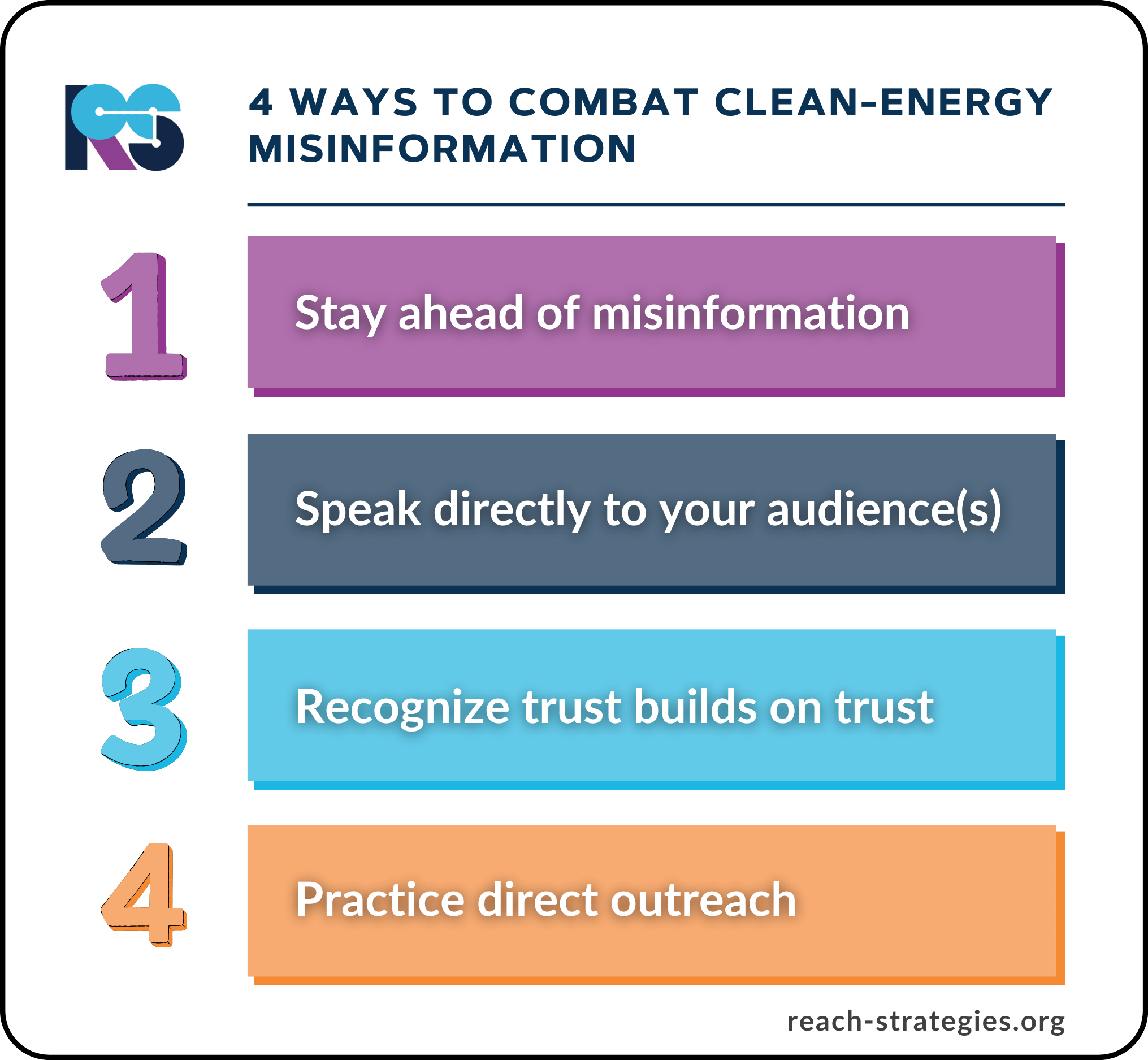 Monitor your social channels and create web alerts to stay on top of clean-energy conversations in your community. Act quickly to prevent false beliefs from taking root. The best way to take action is to flood the field with positive, accurate info—articles, emails, media appearances—and proactively counter misinformation with facts and infographics.
Monitor your social channels and create web alerts to stay on top of clean-energy conversations in your community. Act quickly to prevent false beliefs from taking root. The best way to take action is to flood the field with positive, accurate info—articles, emails, media appearances—and proactively counter misinformation with facts and infographics.
Columbia University’s Sabin Center for Climate Change Law recently published a white paper about the 33 most common pieces of clean-energy misinformation circulating around the country. It’s just one of a few great sources for extensively cited information.
Speak directly to your audience(s)
Customers are more likely to trust information from sources that acknowledge them and reflect their concerns. There’s a significant body of research proving that visually reflecting the racial and cultural diversity of the people you serve makes for more effective marketing. But photos are just the start. When you’re translating your communications, don’t run English text through Google Translate or AI—get humans to do the translation, infusing your words with warmth and avoiding weird errors that signal to consumers that they’re not the primary target.
In addition, consider segmenting your communications to address specific communities. Rural farmers may have different needs and use cases for EVs or solar panels than urban families living in multifamily residences. The more people feel like you’re talking to them, the more likely they are to hear what you have to say.
Trust builds on trust
Look for opportunities to partner with organizations that already have strong local trust: religious groups, educational groups, nonprofits, and local government agencies. For example, even though trust has eroded in U.S. government institutions at all levels, the Pew Research Center’s latest survey of Americans found that three-fifths still trust their local government.
Many local community partners—for example, municipal agencies or robotics clubs, just to give two examples from REACH’s work—lack the capacity to stand up clean energy engagement opportunities on their own. However, they are happy to host when you provide technical assistance. Leverage these networks to build deep connections throughout the communities you serve.
Practice direct outreach
It’s hard to understate the power of one-on-one communication in an era when so many people get most of their information from social media or broadcast media. Not only do your customers get to ask questions and get recommendations relevant to their day-to-day lives, your organization gains human faces. One-on-one conversations are powerful ways to build awareness and buy-in for your beneficial programs.
Create opportunities for in-person interactions, whether that means tabling at events or creating educational opportunities like EV test drives. More than 90% of people who attend our direct outreach engagement efforts have rated them as excellent—a constant trend over the past decade of fast-moving innovation in clean energy. People are hungry for high-value ways to connect with each other and clean energy.
Want to learn more about building trust with your consumers?
Interested in talking to the team at REACH Strategies about how to adapt these strategies to your own organization’s mission and goals? Reach out—we’d love to have a (one-on-one) conversation.

